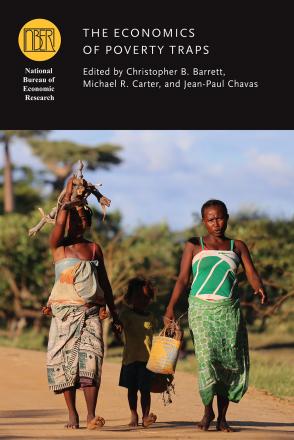Agroecosystem Productivity and the Dynamic Response to Shocks

This paper investigates the nonlinear dynamic response to shocks, relying on a threshold quantile autoregression (TQAR) model as a flexible representation of stochastic dynamics. The TQAR model can identify zones of stability/instability and characterize resilience and traps. Resilience means high odds of escaping from undesirable zones of instability toward zones that are more desirable. Traps mean low odds of escaping from zones that are both undesirable and stable. The approach is illustrated in an application to the dynamics of productivity applied to historical data on wheat yield in Kansas over the period 1885–2012. The dynamics of this agroecosystem and its response to shocks are of interest as Kansas agriculture faced major droughts, including the catastrophic Dust Bowl of the 1930s. The analysis identifies a zone of instability in the presence of successive adverse shocks. It also finds evidence of resilience. We associate the resilience with induced innovations in management and policy in response to adverse shocks.


